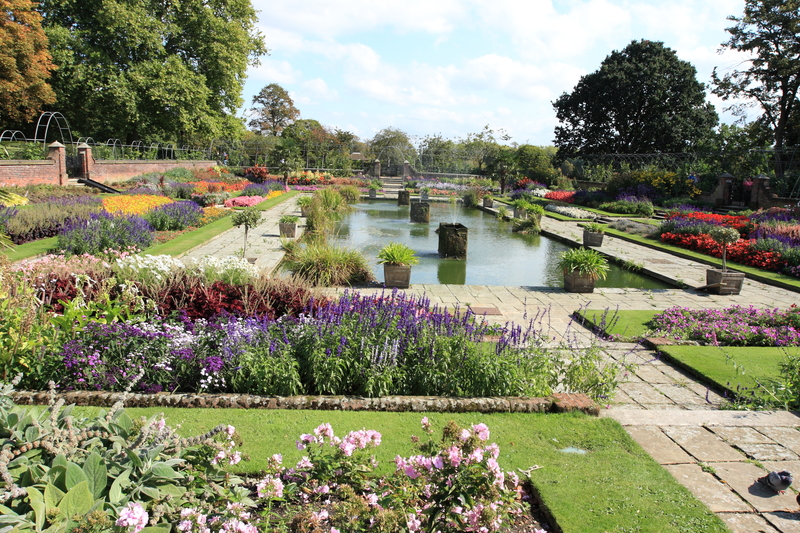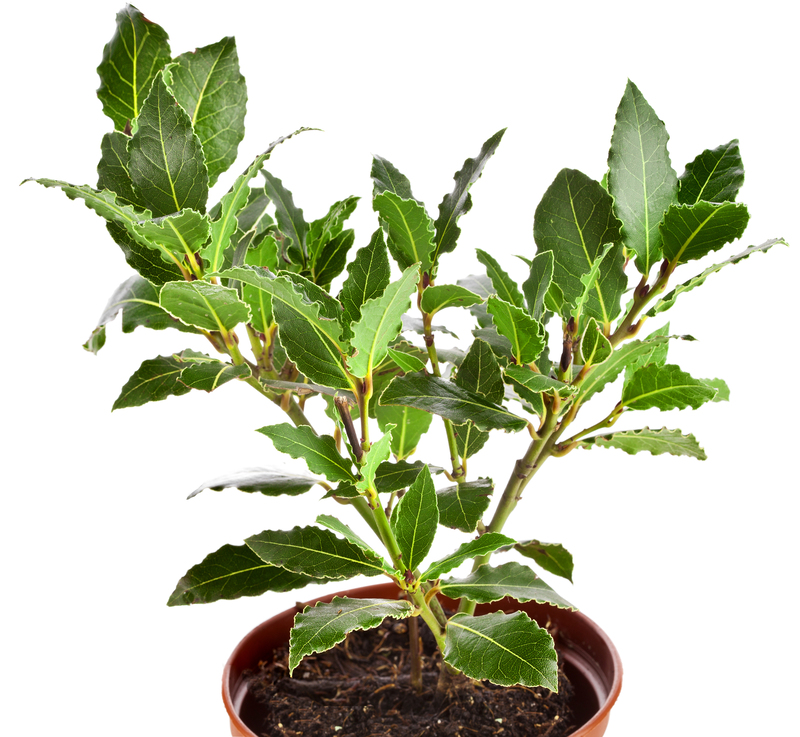Native plants that attract beneficial wildlife to your garden
Posted on 18/04/2024
The Importance of Native Plants in Your Garden
Native plants are species that have evolved in a specific region over thousands of years. They are well adapted to the local climate, soil conditions, and pests, making them more hardy and resilient than non-native plants. By incorporating native plants into your garden, you are not only creating a habitat for beneficial wildlife but also helping to preserve the biodiversity of your area.

Attracting Beneficial Wildlife with Native Plants
1. Milkweed
Milkweed is a key plant for attracting beneficial insects such as butterflies, bees, and ladybugs. These insects are important pollinators that help in the reproduction of plants. Milkweed also serves as a host plant for monarch butterfly larvae, making it an essential addition to any garden.
2. Black-Eyed Susan
This vibrant yellow flower is not only pleasing to the eye but also attracts numerous beneficial insects, including bees and butterflies. It also provides seeds for birds during the fall and winter months.
3. Red Columbine
Red columbine is another popular choice for attracting hummingbirds and other nectar-feeding birds. Its unique shape makes it ideal for their long beaks to reach deep inside for nectar.
4. Wild Bergamot
Also known as bee balm or monarda, this wildflower is a favorite of both bees and butterflies. It produces beautiful clusters of purple flowers that bloom throughout the summer.
5. Eastern Redbud
The Eastern redbud tree not only adds a splash of color to your garden with its pink blooms, but it also serves as a food source for many beneficial wildlife species such as birds and squirrels.
Pros of Incorporating Native Plants into Your Garden
- Low Maintenance: Native plants are adapted to the local environment, making them low maintenance and easy to grow.
- Attract Beneficial Wildlife: As discussed earlier, native plants attract beneficial insects and birds that play a crucial role in pollination and pest control.
- Drought Tolerant: Most native plants are well adapted to the local climate, making them more drought tolerant than non-native species.
- Cost-effective: Native plants are readily available and do not require excessive watering, fertilizing, or pest control measures, making them cost-effective in the long run.
Cons of Incorporating Native Plants into Your Garden
- Limited Variety: Depending on your location, the variety of native plants may be limited compared to non-native species.
- Slow Growth: Some native plants may take longer to establish and grow compared to non-native species.
- Unsuitable for All Landscapes: Some native plants may not thrive in certain landscapes or soil conditions, so it's important to research before planting.
Tips for Incorporating Native Plants into Your Garden
1. Research Local Species: Before selecting native plants for your garden, research which ones are native to your area and suitable for your landscape.
2. Mix and Match: Planting a mix of different native species will attract a wider range of beneficial wildlife and add variety to your garden.
3. Provide Shelter: Consider adding a birdhouse or installing a water feature to provide shelter and water for the wildlife attracted to your garden.

Takeaways
Incorporating native plants into your garden not only adds beauty but also has numerous benefits for the environment. They attract beneficial wildlife, require less maintenance and support local ecosystems. However, it's important to research which native plants are suitable for your area and provide the right conditions for them to thrive.
Conclusion
Native plants play a crucial role in supporting local ecosystems and attracting beneficial wildlife to your garden. Not only do they add aesthetic value, but they also contribute to the preservation of biodiversity. Consider incorporating some of the above-mentioned native plants into your garden and reap the benefits of a vibrant and sustainable landscape.







